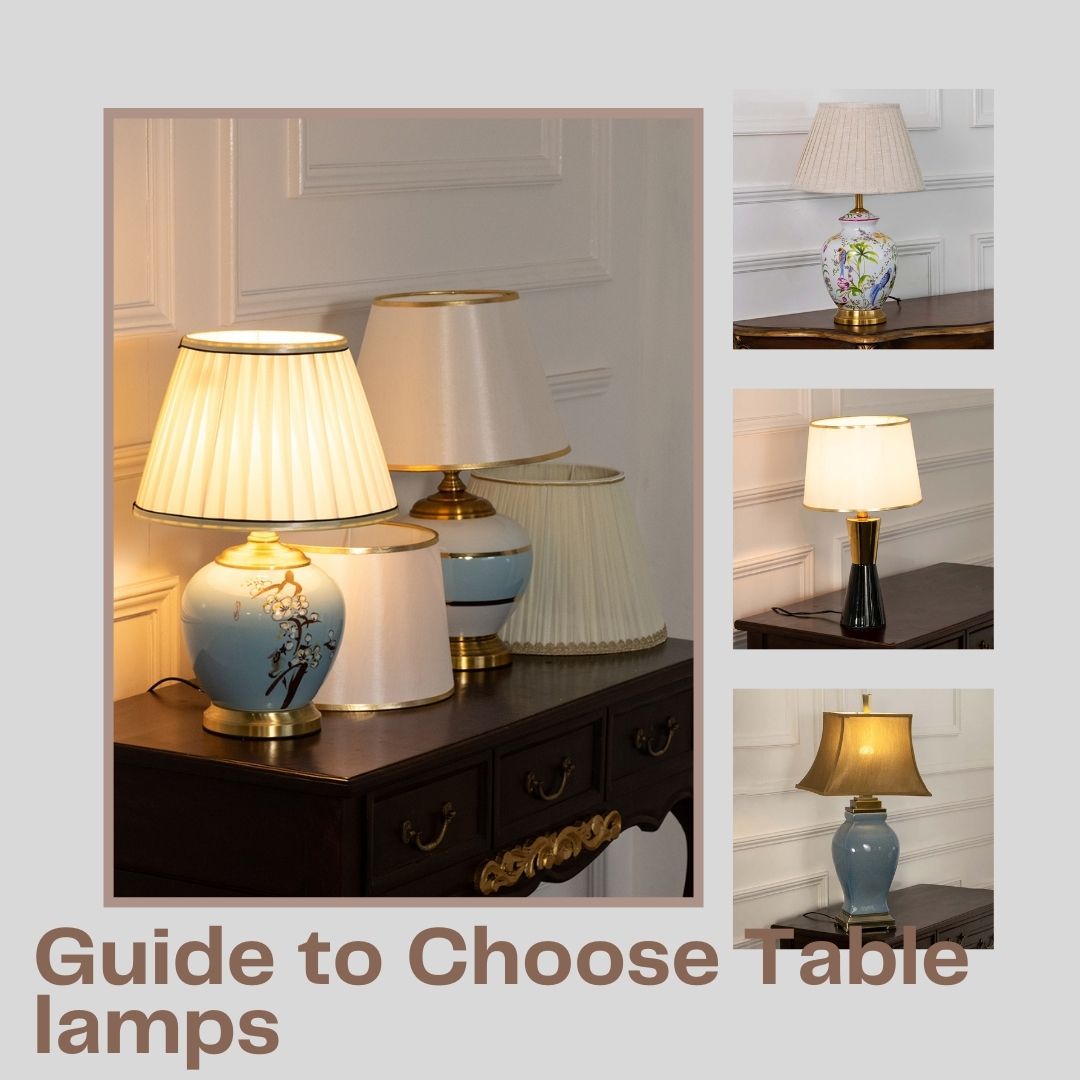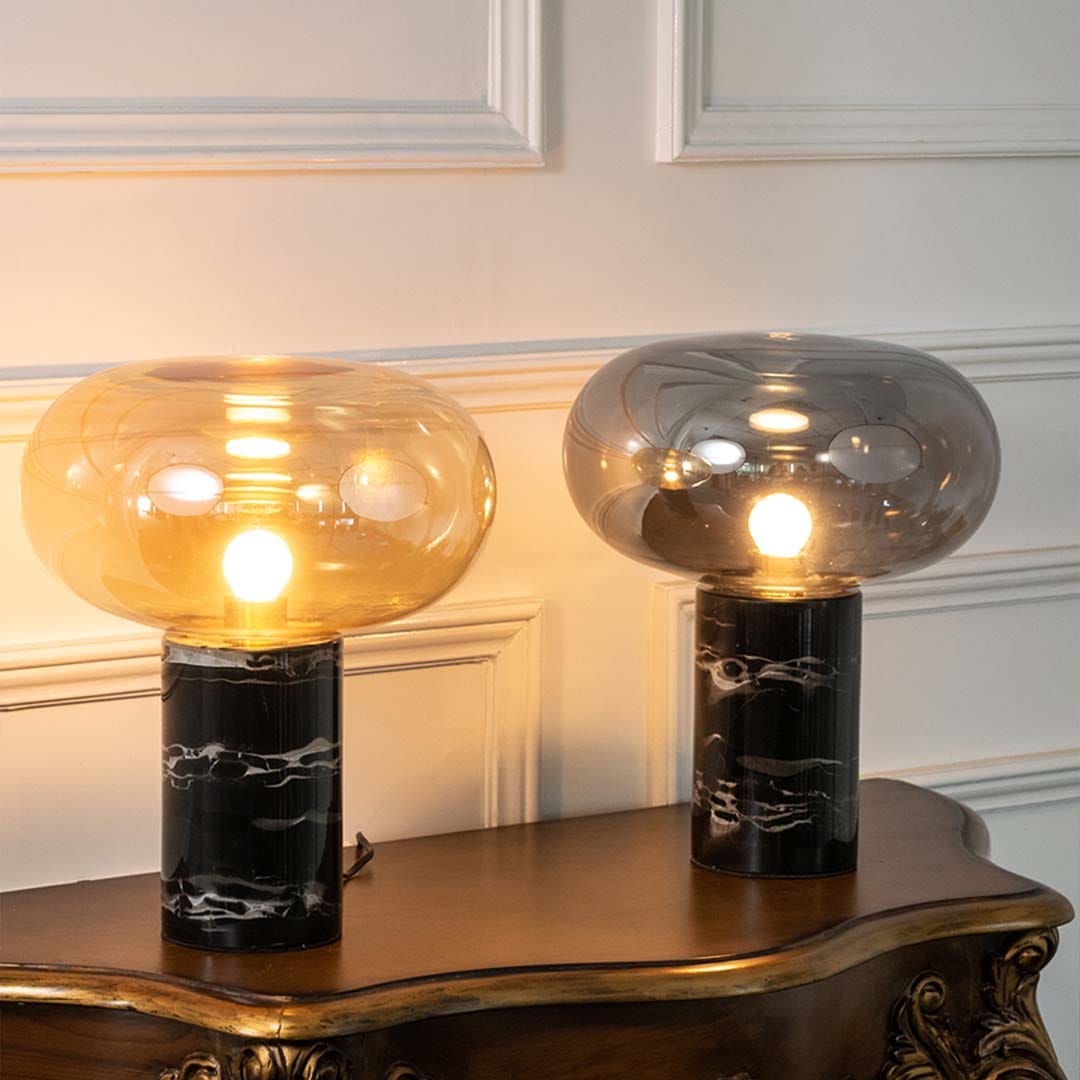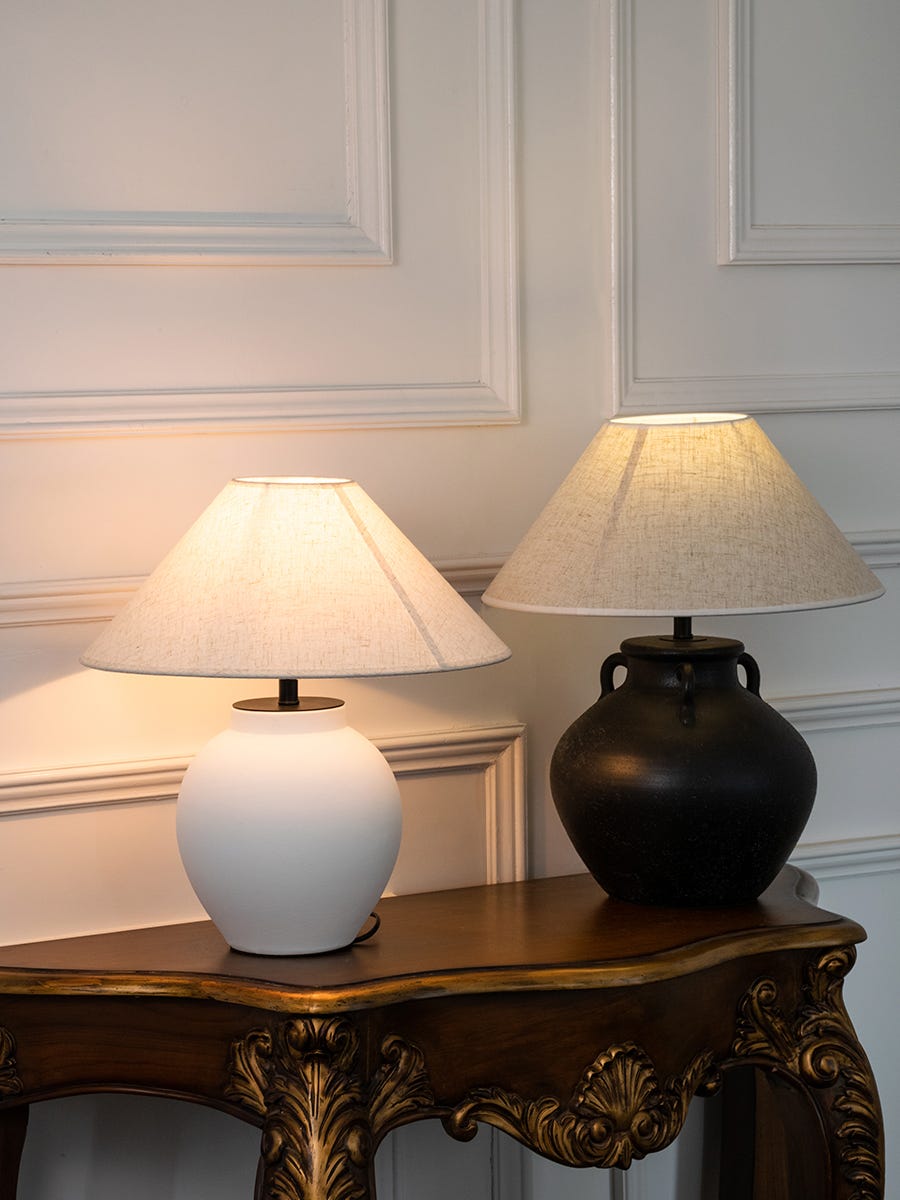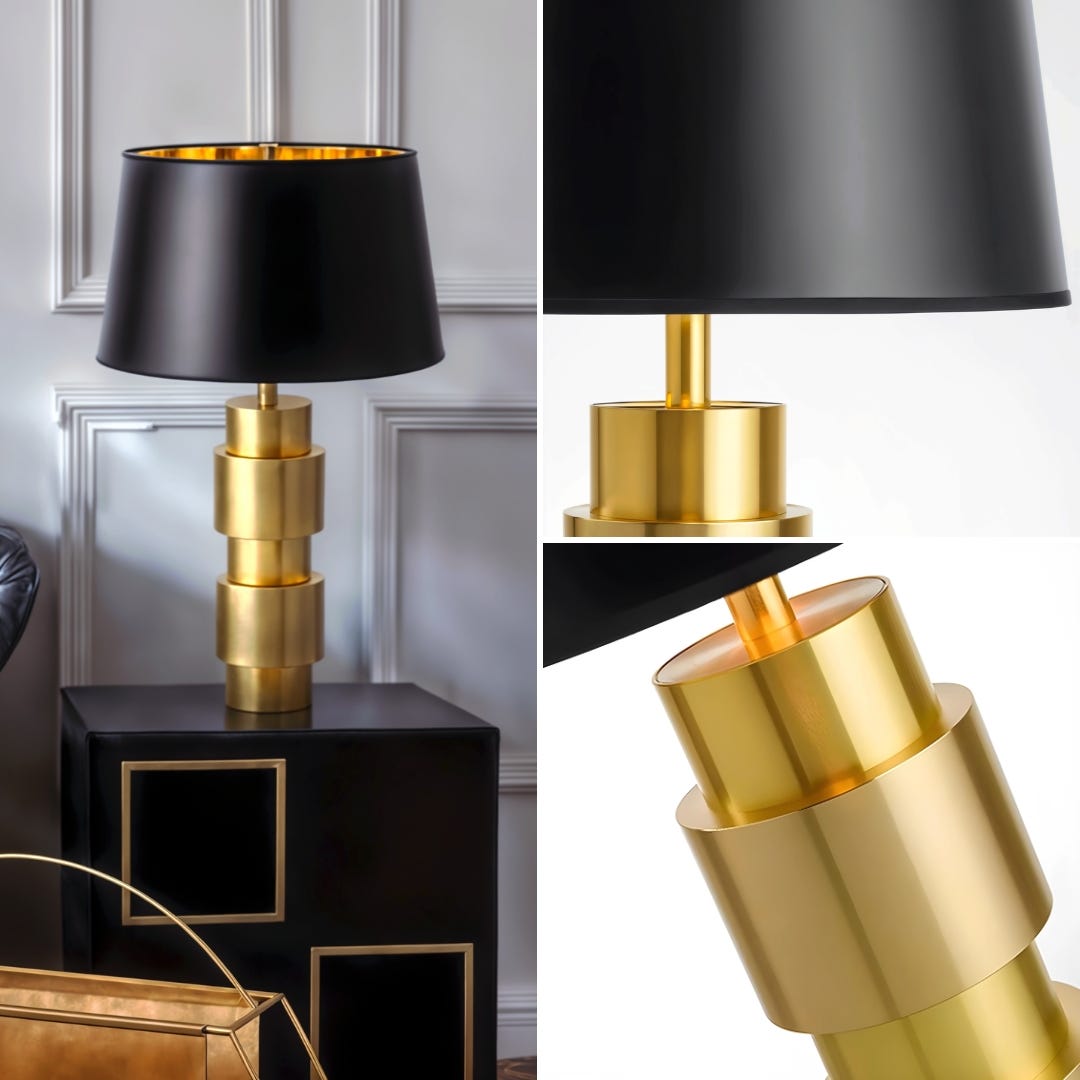Creating the right lighting environment in your home office is crucial for ensuring optimal productivity. A well-lit workspace can help reduce eye strain, improve focus, and enhance overall mood. Whether you are working on a computer, reading documents, or brainstorming ideas, the right lighting can make a significant difference in your work performance.
The Benefits of Proper Lighting in a Home Office
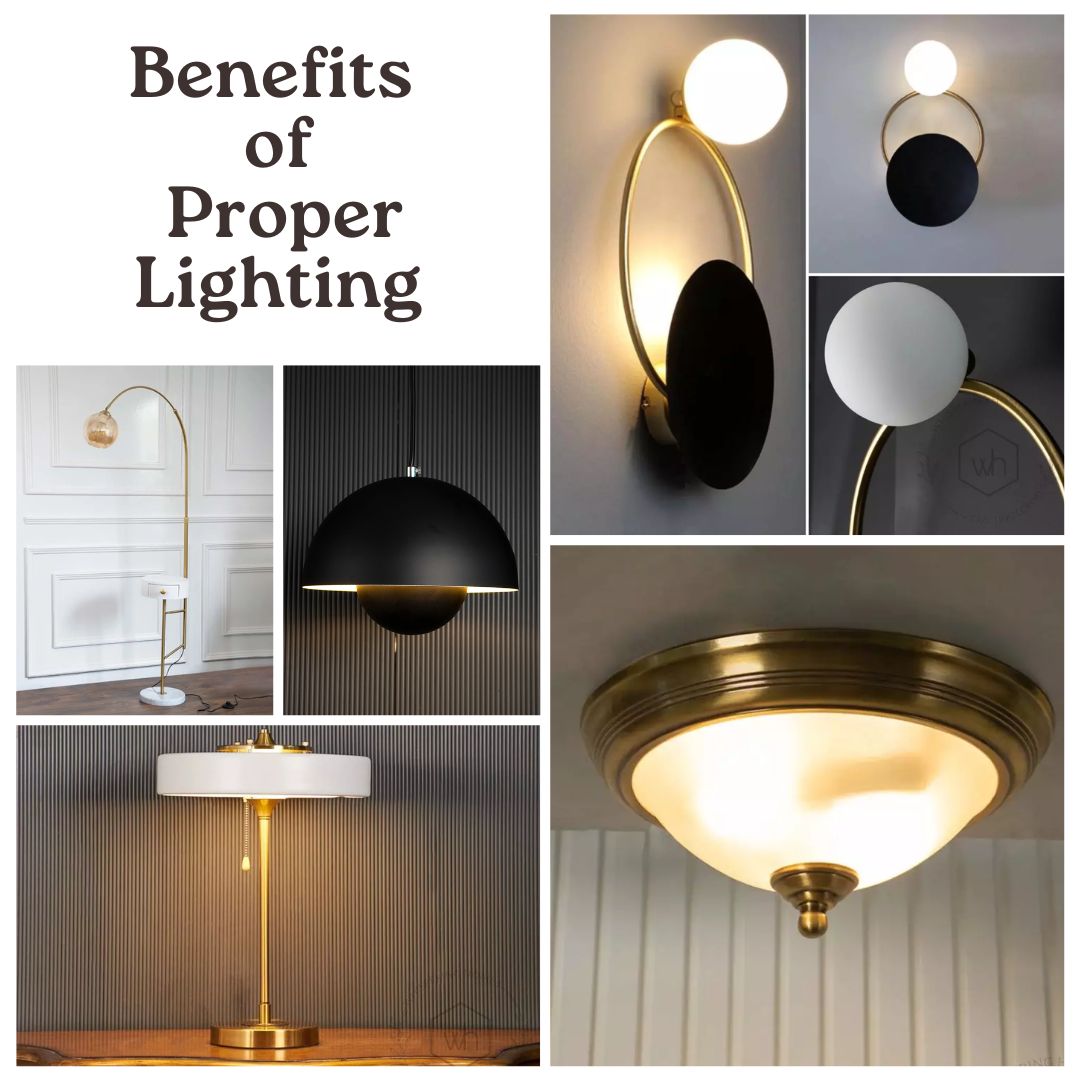
Proper lighting is important in any workspace, but it’s especially important in a home office. Not only do you need to be able to clearly see your computer screen and all your documents, but you also need to create a space that promotes focus and productivity. The right lighting can help with this. When choosing lighting for your home office, there are a few things to keep in mind. First, you need to make sure the lighting is bright enough so that you can clearly see your work. Second, you need to avoid glare from your computer screen.
Finally, you want your space to feel warm and inviting, not cold and sterile. One way to achieve all of this is to combine task lighting, such as a desk lamp, with ambient lighting, such as ceiling lights and floor lamps. You can also use natural light from windows to brighten the space. Use curtains or blinds to control the amount of light that comes in and keep it from blinding you.
To light your home office effectively, consider the following tips:
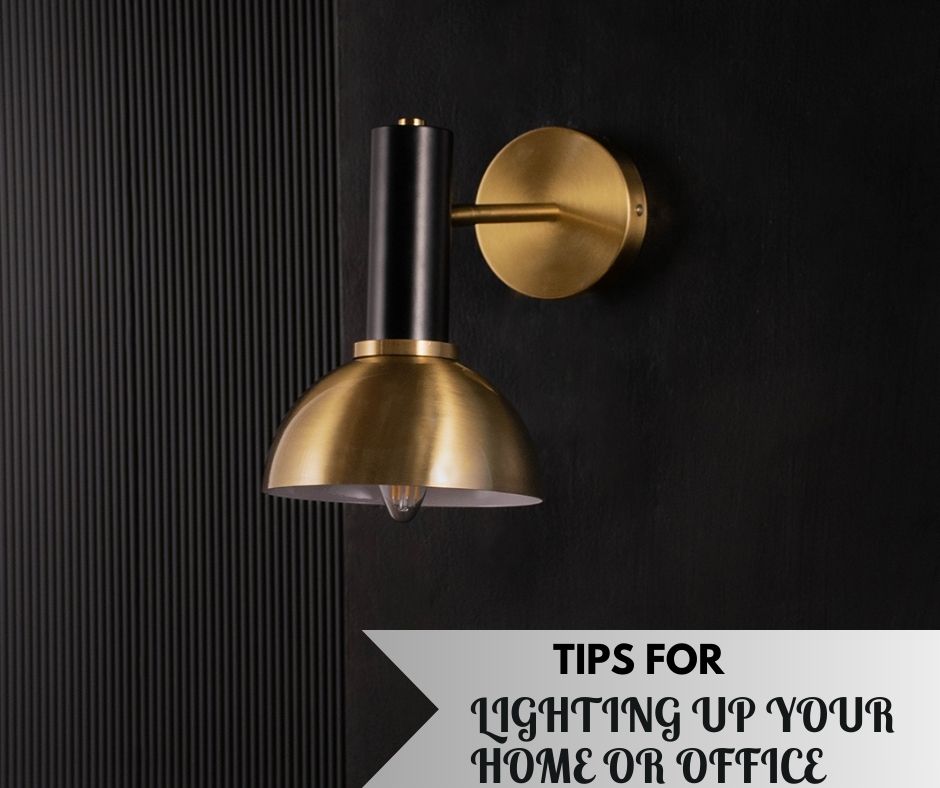
Natural Light: Whenever possible, position your desk near a window to take advantage of natural light. Natural light not only provides a clear and bright workspace but also offers numerous health benefits, such as boosting mood and reducing eye strain.
Task Lighting: Task lighting is essential for focusing light on specific work areas, such as your desk or reading nook. Use a desk lamp with an adjustable arm and shade to direct light where you need it most. Consider the color temperature of the bulb as well, with cooler temperatures being more suitable for focus and productivity.
Overhead Lighting: While natural light and task lighting are crucial, overhead lighting can provide overall illumination to the room. Choose ceiling fixtures that distribute light evenly and complement your workspace without causing glare on your computer screen or work surface.
Color Temperature: Opt for LED bulbs with a color temperature between 4000-5000 Kelvin, which mimics natural daylight and promotes alertness and focus. Avoid warm-toned bulbs that can induce drowsiness and hinder productivity.
Dimmer Switches: Installing dimmer switches allows you to adjust the brightness of your lighting according to your needs throughout the day. Dimming the lights in the evening can help signal to your body that it’s time to wind down and relax.
Avoid Glare: Position your light sources to avoid glare on your computer screen or reflective surfaces. Use glare-reducing fixtures or shades to ensure a comfortable and productive work environment.
By following these tips and guidelines, you can create a well-lit home office that promotes optimal productivity and enhances your overall work experience.
Conclusion
Proper lighting is essential for creating a productive work environment in your home office. By maximizing natural light, using a combination of task and ambient lighting, choosing LED bulbs, and strategically placing your lighting fixtures, you can enhance focus, reduce eye strain, and boost productivity. Remember to experiment with different lighting setups to find the perfect balance that works best for you. With the right lighting, you can create a workspace that inspires creativity and efficiency.

